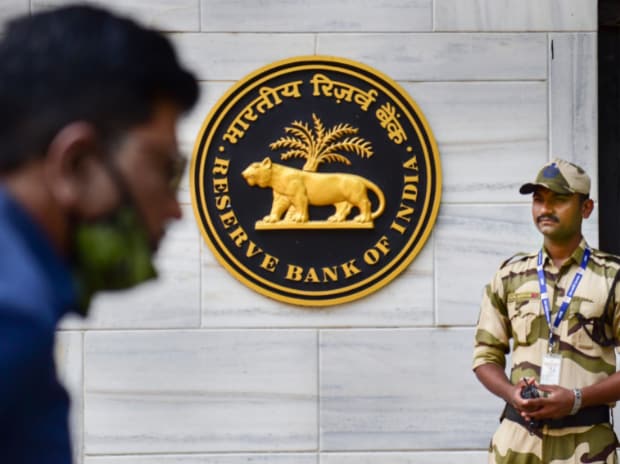[ad_1]
Transmission of repo rate to banks’ deposit and lending rates seems to be better in an interest rate easing cycle than in the monetary tightening period, data put out by the Reserve Bank of India (RBI) in its latest monthly bulletin shows.
In the easing cycle, which lasted between February 2019 and March 2022, the benchmark repo rate was cut by 250 basis points (bps). Consequently, banks cut their median term deposit rates or card rates by 208 bps. Similarly, the weighted average domestic term deposit rates (WADTR) of banks reduced by 188 bps during that period.
On the lending side, while the one-year median marginal cost of funds-based lending rate (MCLR) was cut by 155 bps, the weighted average lending rate (WALR) on fresh rupee loans and outstanding rupee loans of banks decreased by 232 bps and 150 bps, respectively.
On the contrary, in the tightening period, which began in May 2022 and is ongoing, while the six-member rate setting body – the monetary policy committee (MPC) – hiked the benchmark repo rate by the same quantum as in the easing cycle (250 bps), the transmission to lending and deposit rates has not been similar to what was seen in the easing cycle.
According to RBI data, in this tightening period, while the median term deposit rates have gone up 82 bps, WADTR on outstanding deposits have moved up by 87 bps. The increase in deposit rates did not happen immediately as the MPC started raising rates because liquidity in the system was still in the surplus mode. As liquidity started tightening and credit growth remained elevated, banks started increasing deposit rates to garner durable liquidity to fund the credit growth.
On the lending side, the one-year MCLR has moved up by 135 bps, while WALR on fresh rupee loans and outstanding rupee loans have increased by 149 bps and 86 bps, respectively. But the external benchmark linked lending rates (EBLR) have moved in tandem with the increase in repo rates. Typically, banks hike MCLR when their cost of funds rises so transmission in MCLR is lower than EBLRs, where it happens by default.
Experts said, generally, in an easing cycle banks tend to reduce the interest rates on deposits faster than on loans to protect their margins. The contrary seems to happen in the tightening period, where banks are slow to increase interest rates on their deposits but lending rates move up sooner.
Prakash Agarwal, director, head – financial institutions, India Ratings Research, said, “Typically, the banks would be sluggish in reducing lending rates in easing cycles, and, in a tightening cycle, deposit rates move up with a lag because this would be margin accretive for the lenders. One of the objectives of introduction of the EBLR regime was to improve the lagged as well as insufficient transmission of policy rates. In the present conditions, most of the retail portfolio of banks is now linked to EBLR as a result loan rates in this portfolio moves in tandem with the policy rates. For deposits, however, transmission also depends on the liquidity conditions as well as the credit market conditions”.

[ad_2]
Source link



